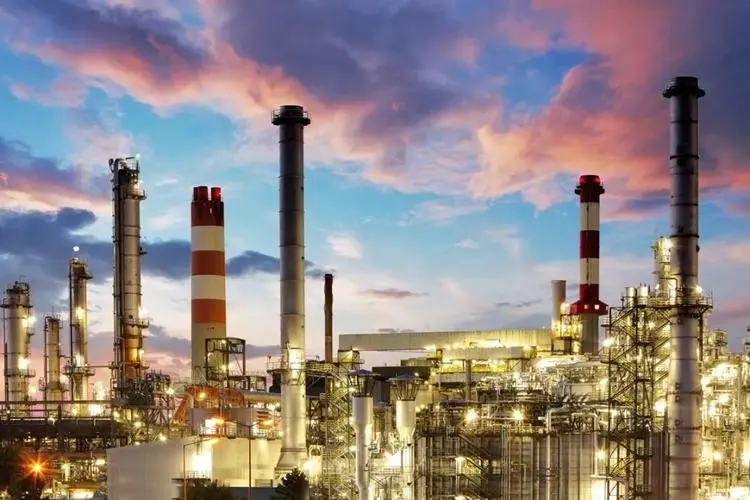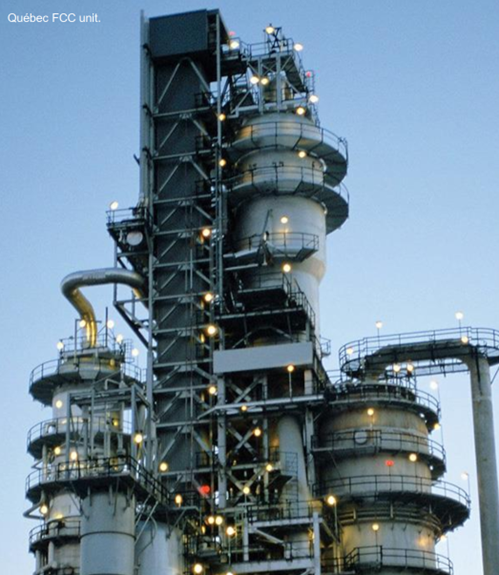TOCOM Energy
JPX Energy Market Updates(Sep. 12, 2022)
Crude futures Monday were higher, building on the previous-session's rebound as focus flipped back to supply concerns as a nuclear deal with Iran seemed to fade further away, and threats to Russian crude supplies with the price cap set to kick in during December, while the US has ruled out further releases from the SPR beyond October after initially indicating the policy could continue. Besides, a sharp drop in Caspian oil pipeline loading schedule has also tightened supply expectations.
Crude oil benchmarks were heading for weekly losses prior to last Friday’s recovery, with most of the damage done on Tuesday and Wednesday when markets were swept by concerns over a demand slowdown as Covid-restrictions were rolled out across China, while the symbolic 100,000 bpd OPEC+ reduction did little to calm nerves.
The front-month to third-month crude oil futures price spread is a measure of market backwardation, a market environment that encourages crude oil to flow out of inventories and into the market. The decrease in backwardation of all crude oil benchmarks in August suggests that the market call to draw oil from inventories has decreased since midsummer, indicating market conditions that are more balanced between supply and demand than earlier this year. With the market tied between demand concerns on the one side, while potential supply shortfalls provided a counter, The EIA estimate that crude oil prices will generally remain near August average levels through the end of 2023 and the possibility for significant volatility around those averages is high.
On the demand side, the macro picture continues to be dominated by recession in Europe and Covid in China.
Asia gasoline crack spreads were broadly flatline for the past week as personal mobility in and around the biggest cities in China has slumped by about 20% in the first week of September compared with the last week of August as the government announces travel restrictions on an increasing part of the population, these controls are likely to last until the end of October according to media reports. Tighter restrictions were seen as further dragging China's oil demand at least in the short term.
The impact of energy crisis on European markets has been particularly pronounced. Reductions to flows of Russian energy, including the Nord Stream 1 shutdown and the looming row over price caps, may cause a short-term price increase, however this is likely to be offset by the economic damage. The looming recession in Europe and winter energy crisis also weighed in on the negative sentiment these weeks, there’re widespread fears that European industry will suffer a sharp slowdown amid energy shortages. For instance, high energy prices are already putting the viability of steelmaking in Europe at risk, and have forced numerous mills to halt installations. In Europe, the PMI value dropped to 49.8, also its lowest rating since June 2020 contributing to further concerns about economic conditions and petroleum demand.
Little support came from the US as the latest data from the EIA revealed gasoline demand ticked up by 1.6% to a three-week high of 8.7 million bpd, but still remains 7% below its five-year average for the week, while distillate demand was also up by 1.6% to 3.6 million barrels, down around 3% from its five-year average. Inventories of crude, gasoline and diesel all rose in the last week of the official driving season, though the large increase in crude oil inventories was caused by the release of strategic stocks.
In response to the war in Ukraine, US announced a plan at the end of March to release one million barrels of oil per day for six months including 30 million in September and 32.6 million barrels in October from the SPR. When the plan was announced, there were warnings that it could backfire, pushing prices higher instead of lower because the SPR would need to be replenished after this substantial draw.
The current SPR release plan is scheduled to expire at the end of October, even as uncertainty about Russia’s supply of energy remains very high. Reuters reported that a Department of Energy official said the White House was not considering new releases from SPR at this time.
Meanwhile, OPEC+ producers may consider further production cuts to counter the drop in Chinese oil demand, with Saudi Arabia potentially considering a short-term unilateral cut though most members continue to struggle with existing targets, as output from the 19 countries with quotas under the agreement fell 3.6 million bpd short of target last month — the widest gap in the alliance's five-year history.




